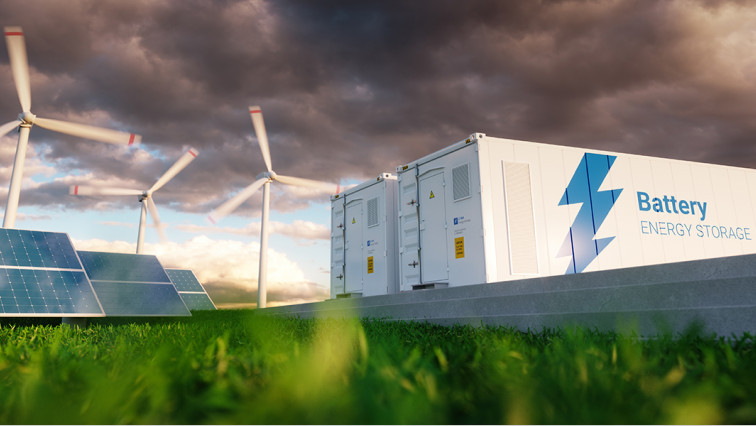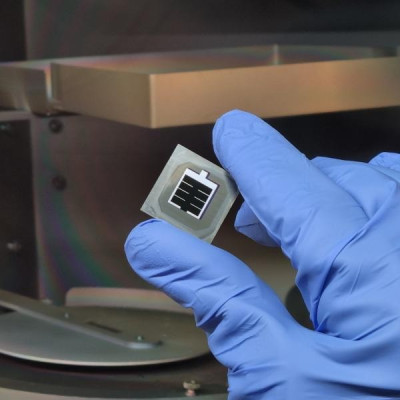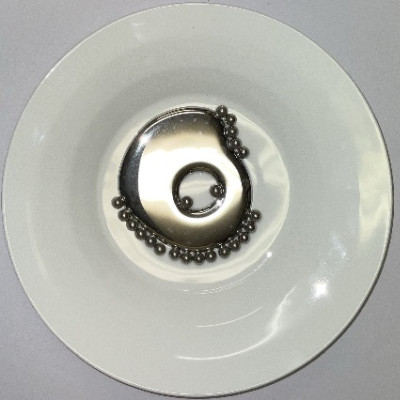This doctoral thesis focuses on the development of novel carbon materials, their characterization, and application in energy storage and water purification.
The specific objectives of this study were the following: (1) develop methods to fabricate carbon materials with a graphene-like structure, from cheap and renewable biomass-based precursors, (2) to improve properties of carbon nanomaterial with doping and (3) investigate applicability of these materials in energy storage and water purification.
Biomass originated precursors used in the synthesis of crystalline carbon nanomaterials were barley straw and sucrose. Furthermore, nanostructured SiO2 used in SiC/C synthesis was extracted from barley husk. Doping, a process which introduces additives on the host material structures, was used to improve properties of the carbon structures for the desired application. Furthermore, the study provides deeper insight into the material formation: crystal phase, size, shape, and agglomeration state of the following doped carbon materials: gold nanoparticle/carbon nanoflower (AuNP/CNF) composite, carbon coated silicon nanoparticles(Si@C), graphite covered silicon carbide (SiC@graphite), and iron embedded graphene (Fe/graphene).
It was observed that induction annealing is a useful technique in the modification of the material characteristics on the large temperature range from 1000 °C for amorphous carbon to 2400 °C for graphitic carbon and to obtain large yields. Also, nanostructured SiC/C in combination with additional carbon was found to be a viable material for the growth of graphene-like carbon when using induction annealing. Presence of additional carbon appeared not to interfere the formation of the graphene-like carbon.
Application wise, the synthesized Si@C was tested as an anode material for Li-ion batteries. Owing to the carbon coating on the silicon, it demonstrated improved charge/discharge cycle stability. Applicability of the iron doped graphene was tested as adsorbent for removal of tetracycline from aqueous medium. This material displayed an initial tetracycline adsorption of 442 mg g-1, which further increased to 660 mg g-1 owing to the self-regeneration capability of the composite.
Read the original article on University of Eastern Finland.







